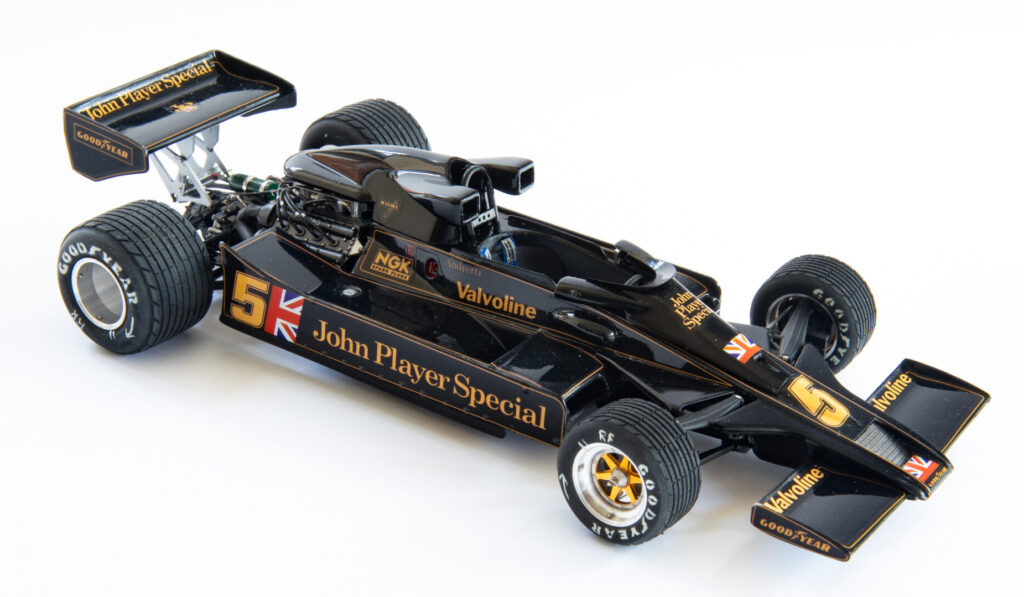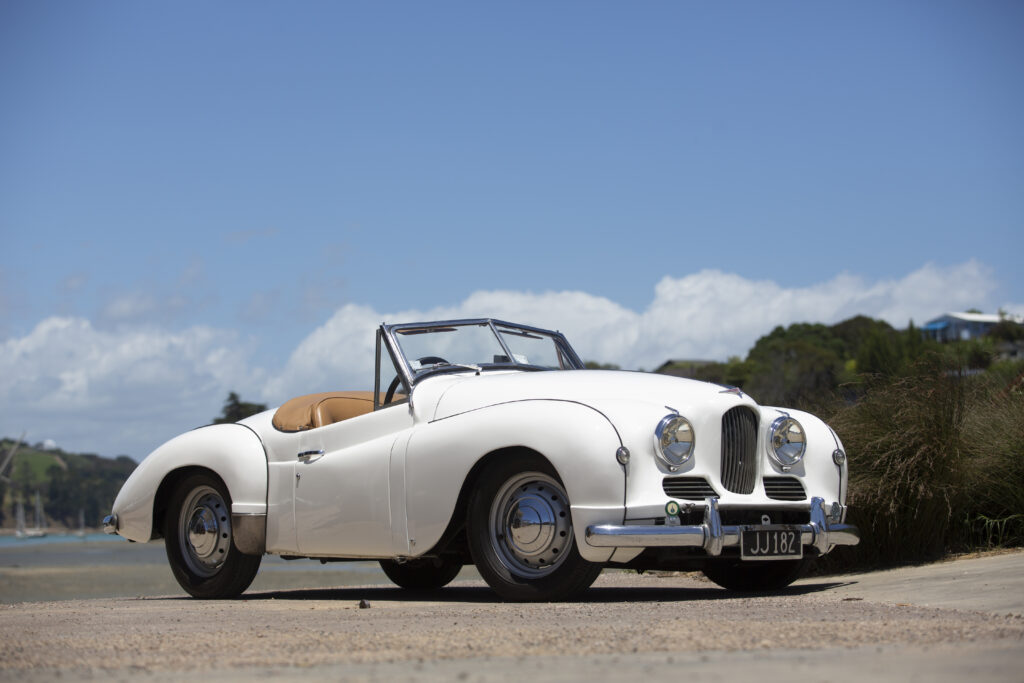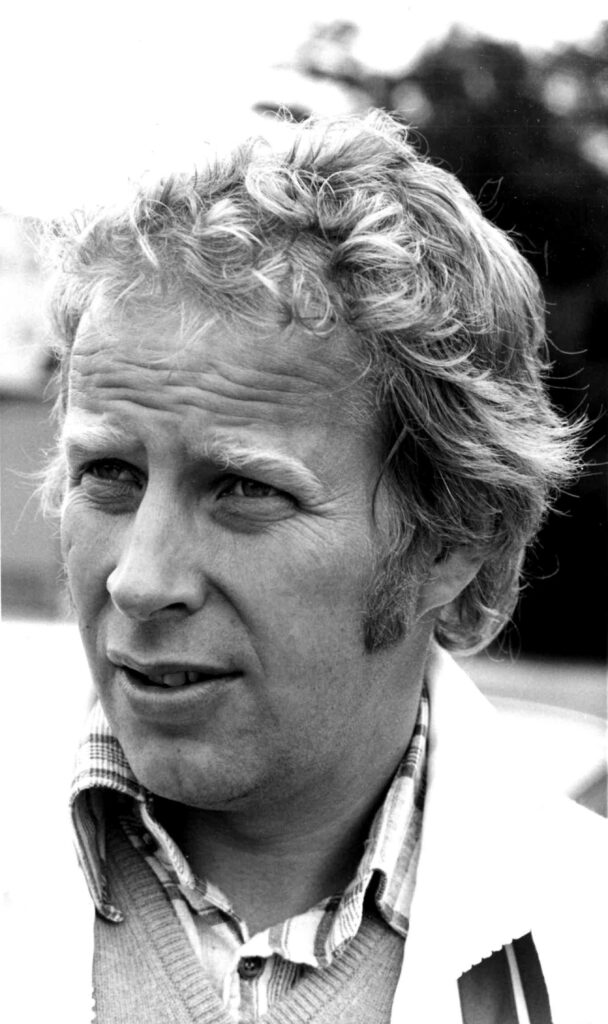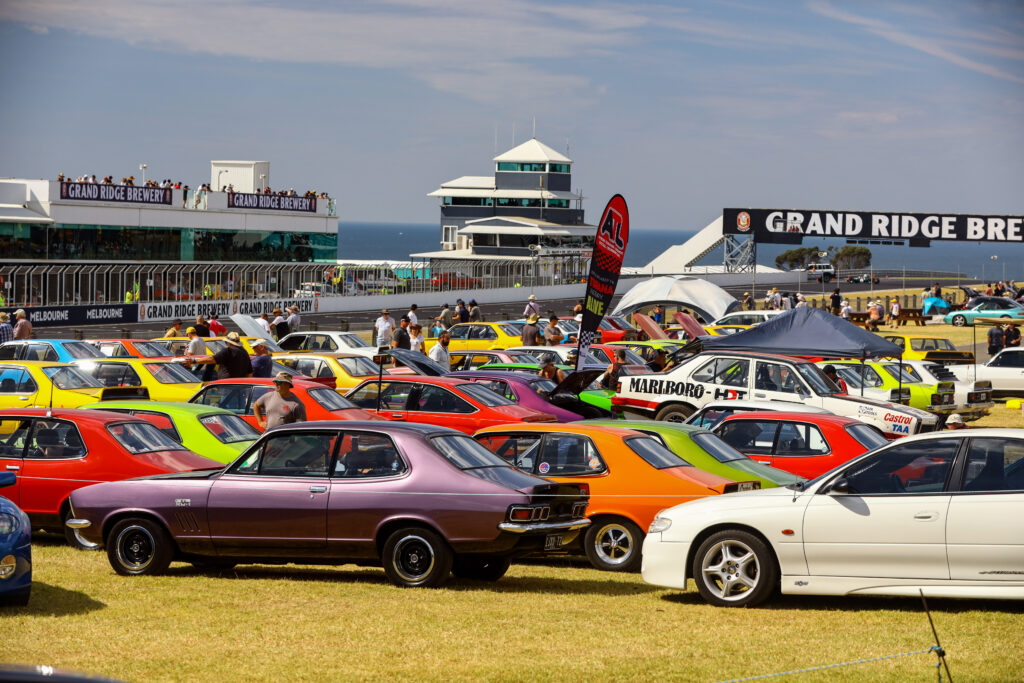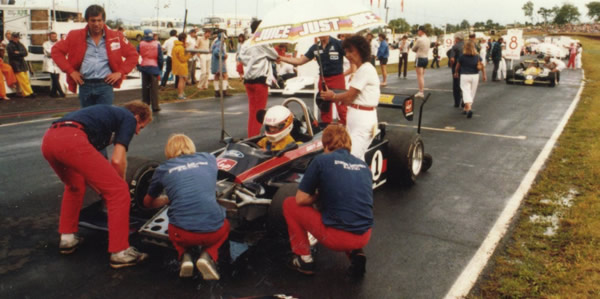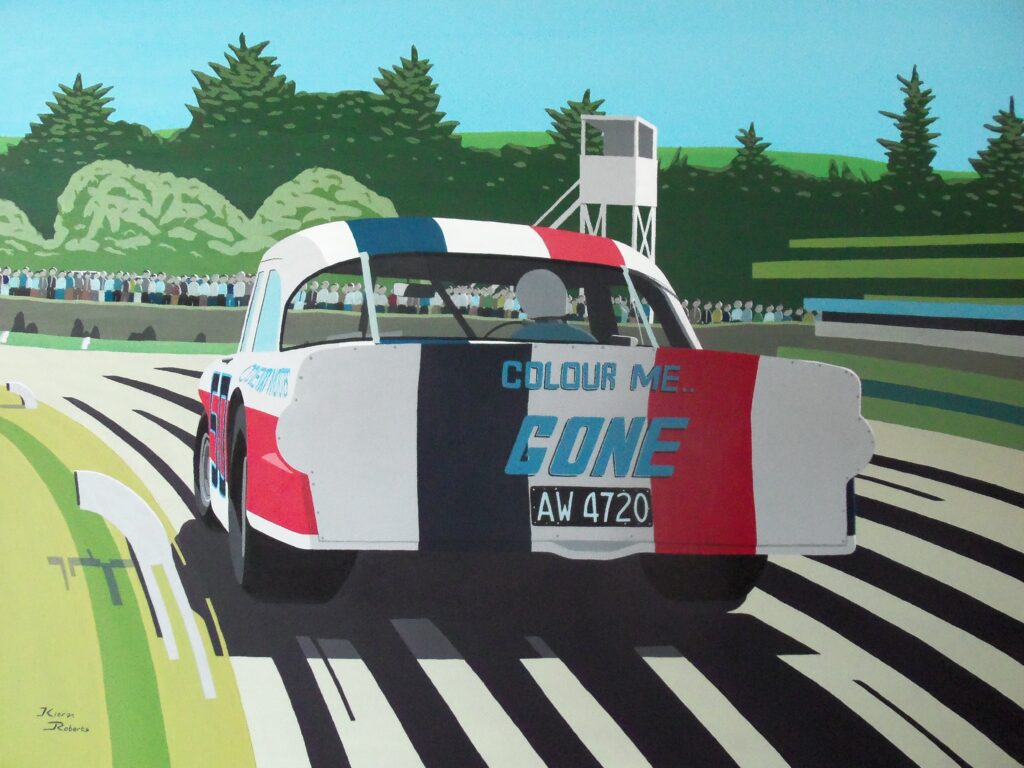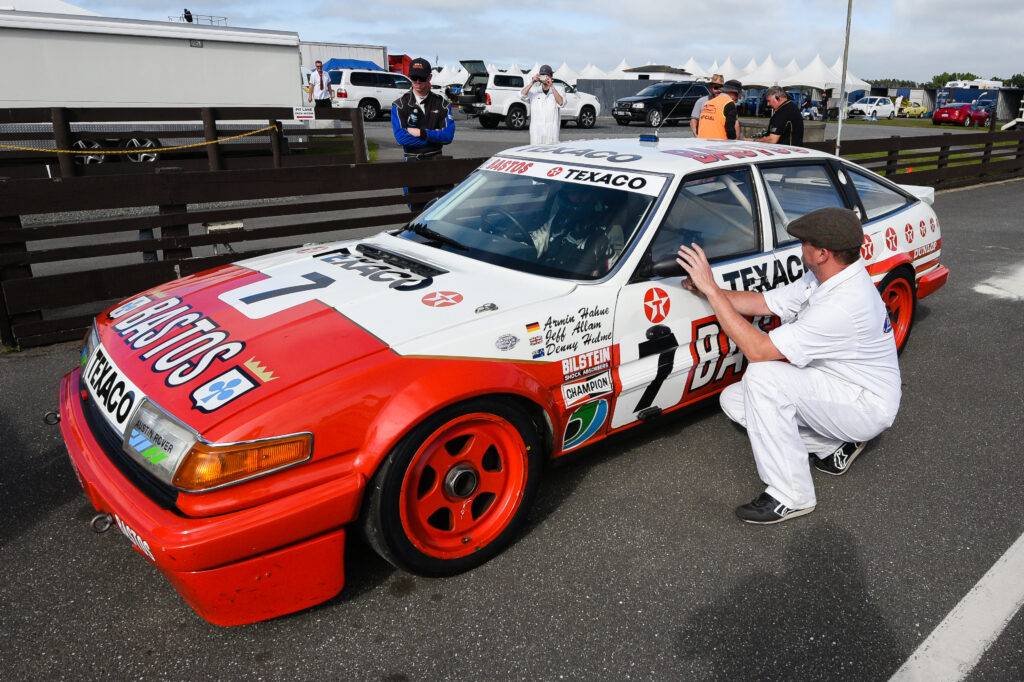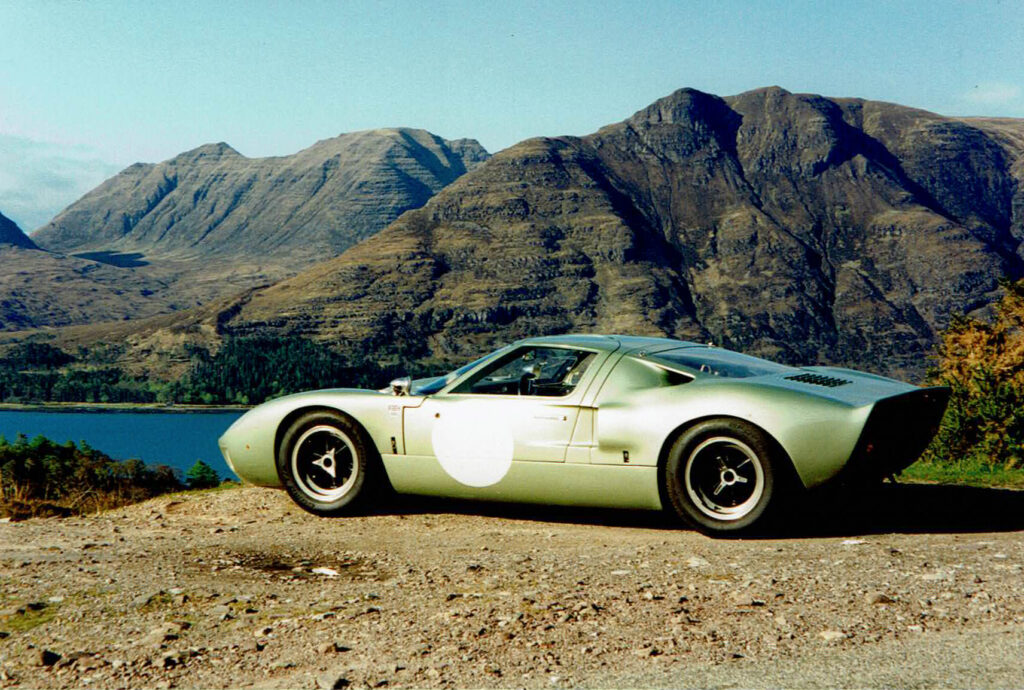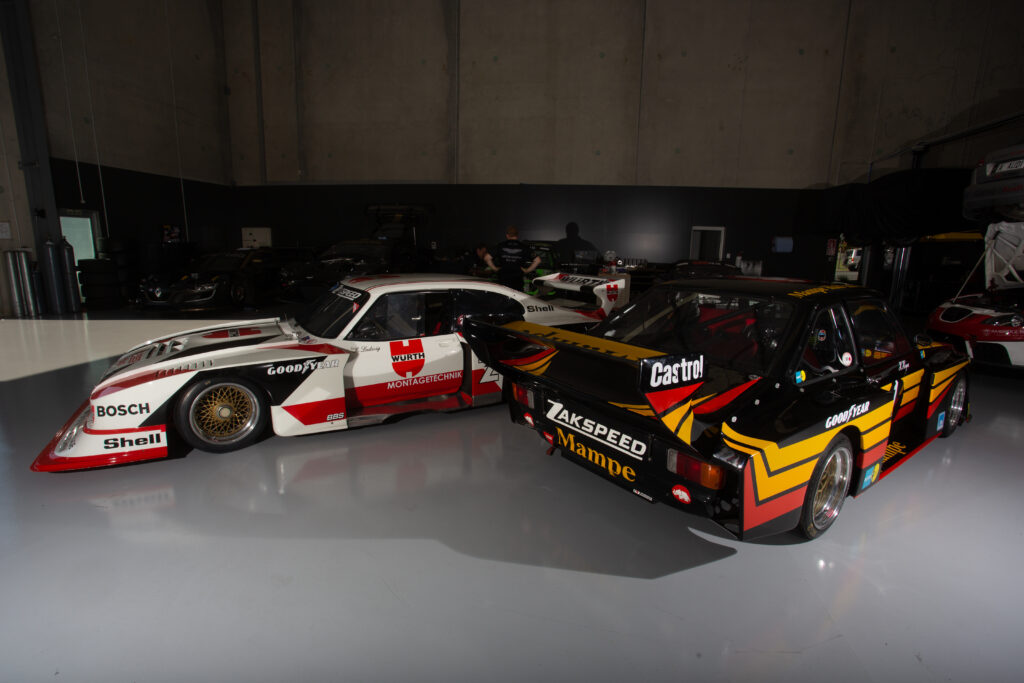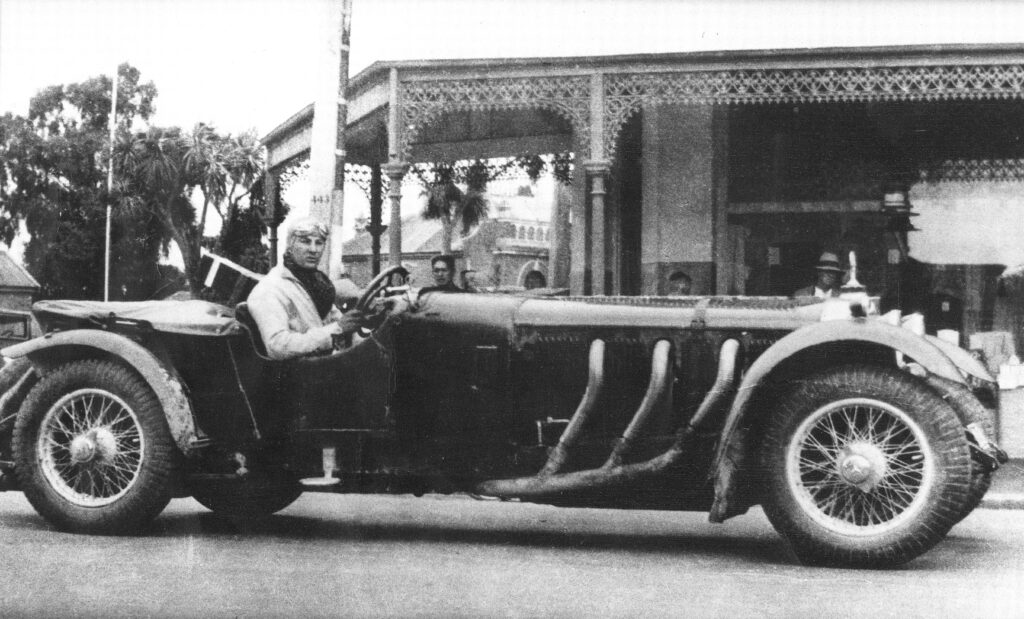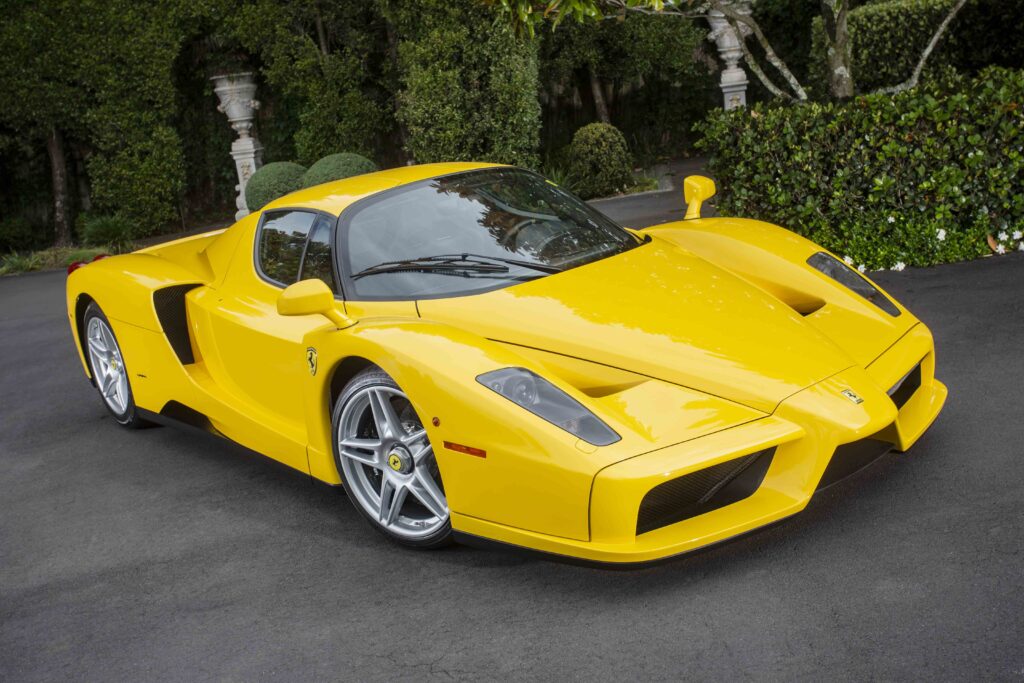
Becoming fond of Fords part two – happy times with Escorts
In part one of this Ford-flavoured trip down memory lane I recalled a sad and instructive episode when I learned my shortcomings as a car tuner, something that tainted my appreciation of Mk2 Ford Escort vans in particular. Prior to that I had a couple of other Ford entanglements of slightly more redeeming merit. There were two Mk1 Escorts I had got my hands on: a 1972 1300 XL belonging to my father and a later, end-of-line, English-assembled 1974 1100, which my partner and I bought from Panmure Motors Ford in Auckland in 1980. Both those cars were the high water mark of my relationship with the Ford Motor Co. I liked the Mk1 Escorts. They were nice, nippy, small cars, particularly the 1300, which handled really well, and had a very precise gearbox for the time.
Images of Jim Richards in the Carney Racing Williment-built Twin Cam Escort and Paul Fahey in the Alan Mann–built Escort FVA often loomed in my imagination when I was driving these Mk1 Escorts — not that I was under any illusion of comparable driving skills, but they had to be having just as much fun as I was steering the basic versions of these projectiles.

